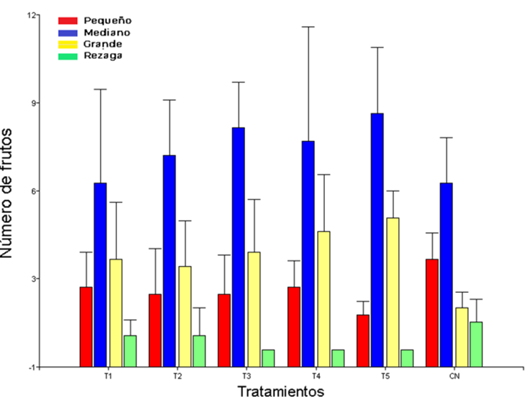Calidad de Fruto de Cucurbita moschata y Cucurbita pepo var. “Grey Zucchini” Asociada a Hongos Micorrícicos Arbusculares
DOI:
https://doi.org/10.28940/terra.v42i0.1826Palabras clave:
calabaza, calabacita italiana, fertilización, inoculación micorrícica, micorrizasResumen
Los hongos micorrícicos arbusculares, un método prometedor para incrementar la calidad de cosecha agrícolas, pueden hacer frente a la creciente demanda de alimentos con altos aportes nutrimentales. El objetivo fue evaluar el efecto de la inoculación micorrícica nativa y comercial en Cucurbita moschata y Cucurbita pepo, var. “Grey Zucchini”, sobre variables de crecimiento morfológico, calidad de cosecha y postcosecha del fruto. La inoculación micorrícica inició en etapa de semillero con 60 esporas por tratamiento. En campo, se estableció un diseño de parcelas divididas (seis tratamientos-14 repeticiones). T1: Cepa nativa 1 (sistema agrícola) + 50% de fertilización química; T2: Cepa nativa 2 (sistema multipropósito) + 50% de fertilización química; T3: Cepa nativa 3 (vegetación secundaria) + 50% de fertilización química; T4: Cepa comercial + 50% de fertilización química; T5: Sin inoculación por 100% de fertilización química; Testigo: Sin inoculación por fertilización. Las variables evaluadas fueron: altura, grosor, brotes/flores; número de frutos, peso y diámetro; para calidad postcosecha: color, grosor de cáscara, textura, humedad, pH, cenizas, acidez titulable y sólidos solubles. C. pepo, representó la especie con mayor afinidad micorrícica. Asimismo, los resultados determinaron que las variables de crecimiento de los cultivos no presentaron diferencias estadísticas. Asimismo, en peso y tamaño del fruto se observó un efecto significativo entre la inoculación micorrícica nativa/comercial y el tratamiento con el 100% de fertilización. En calidad postcosecha, C. pepo, registró diferencias en textura, acidez titulable, colorimetría y grosor del fruto. C. moschata, en solidos solubles, textura y colorimetría. En conclusión, la inoculación micorrícica arbuscular en ambas especies, reduce el uso de fertilizantes químicos durante su cultivo, influyendo positivamente en la calidad de cosecha (peso y diámetro) y en atributos poscosecha (propiedades físicas y químicas) del fruto, relevantes para el consumo humano.
Descargas
Publication Facts
Reviewer profiles N/D
Author statements
- Academic society
- Terra Latinoamericana

















